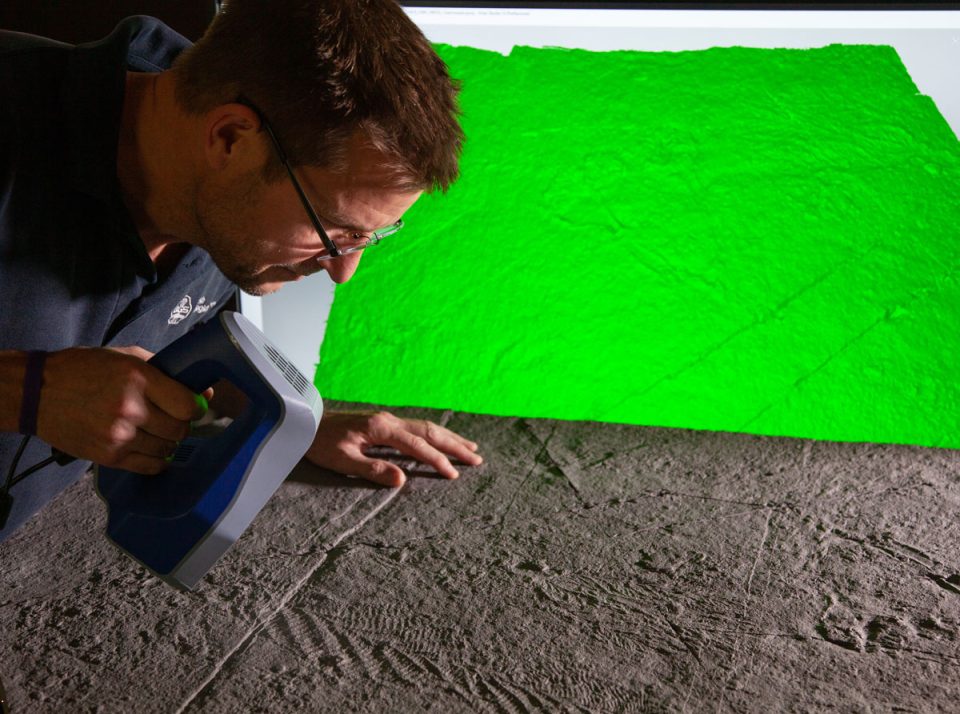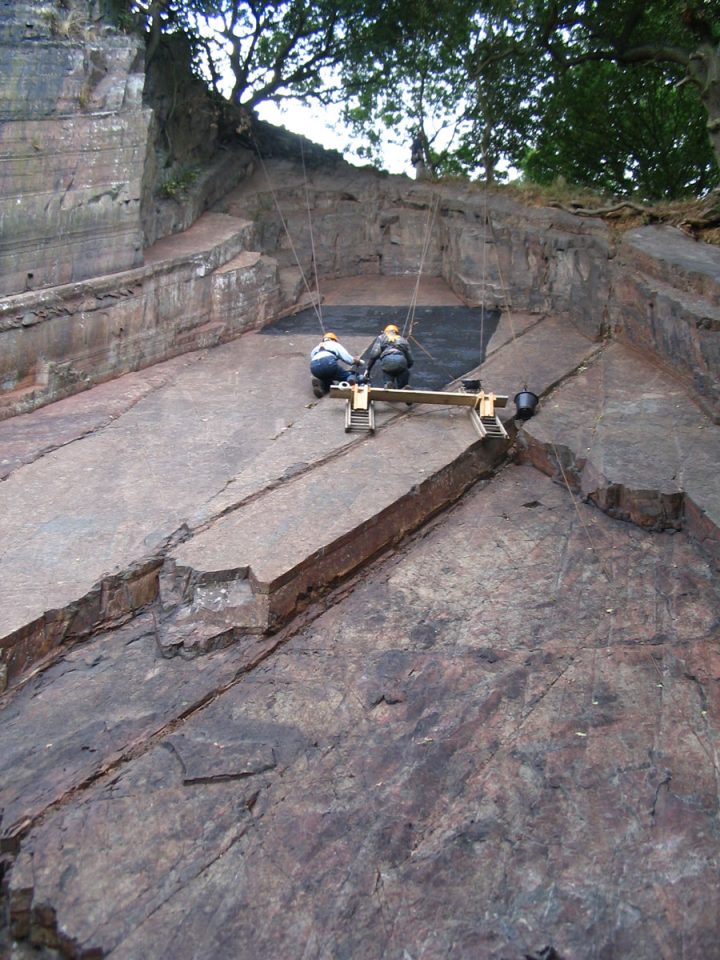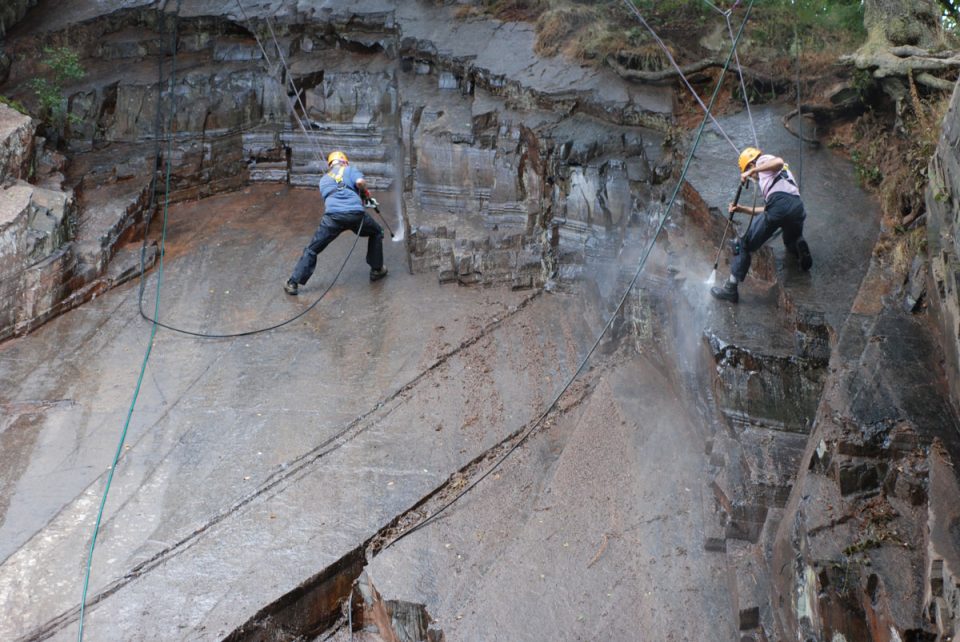560-million-year-old fossil is first animal predator
The specimen is the first of its kind to be found and is related to the group that includes modern corals, jellyfish and anemones.
25/07/2022 By BGS Press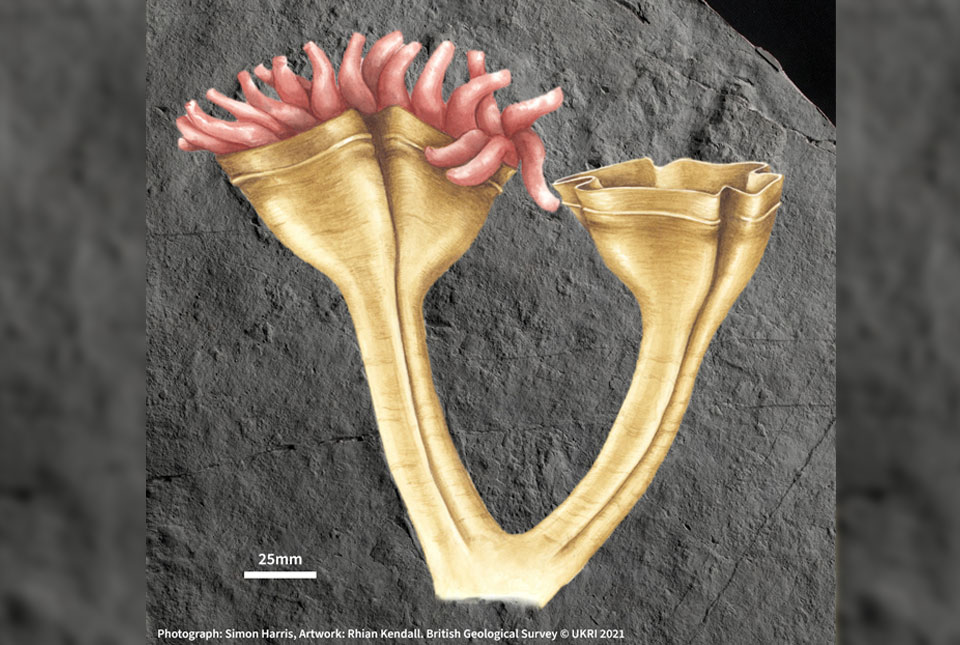
Geologists have found the fossil of the earliest known animal predator. The 560-million-year-old specimen is the first of its kind, but it is related to the group that includes corals, jellyfish and anemones living on the planet today.
The palaeontologists who discovered it have named it ‘Auroralumina attenboroughii‘ in honour of Sir David Attenborough. The first part of its name is Latin for ‘dawn lantern’, in recognition of its great age and resemblance to a burning torch.
It was found in Charnwood Forest, near Leicester in England, which is famous for its fossils. In 1957, a fern-like impression in stone turned out to be one of the oldest fossilised animals, Charnia masoni.
Sir David Attenborough ‘truly delighted’ with his new namesake
When I was at school in Leicester I was an ardent fossil hunter. The rocks in which Auroralumina has now been discovered were then considered to be so ancient that they dated from long before life began on the planet. So I never looked for fossils there.
A few years later a boy from my school found one and proved the experts wrong. He was rewarded by his name being given to his discovery. Now I have — almost — caught up with him and I am truly delighted.
Sir David Attenborough.
Sir David is referring to Roger Mason, after whom Charnia masoni was named.
When did modern groups appear?
The discovery of Auroralumina, reported in Nature Ecology and Evolution, throws into question when modern groups of animals appeared on Earth. Dr Phil Wilby, palaeontology lead at BGS, is one of the scientists who made the find.
It’s generally held that modern animal groups like jellyfish appeared 540 million years ago, in the Cambrian Explosion, but this predator predates that by 20 million years.
It’s the earliest creature we know of to have a skeleton. So far we’ve only found one, but it’s massively exciting to know there must be others out there, holding the key to when complex life began on Earth.
Dr Phil Wilby, BGS Palaeontology Lead.
When and where was it found?
Palaeontologists still flock to the forest to examine its Ediacaran Period fossils, aged between 635 and 538.8 million years. In 2007, Phil Wilby and others from BGS spent over a week cleaning a 100 m-square rock surface with toothbrushes and pressure jets. They took a rubber mould of the whole surface and captured the impression of over 1000 fossils — and one stood out from the crowd.
Dr Frankie Dunn from the Oxford University Museum of Natural History carried out the detailed study.
This is very different to the other fossils in Charnwood Forest and around the world.
Most other fossils from this time have extinct body plans and it’s not clear how they are related to living animals. This one clearly has a skeleton, with densely packed tentacles that would have waved around in the water capturing passing food, much like corals and sea anemones do today.
It’s nothing like anything else we’ve found in the fossil record at the time.
Dr Frankie Dunn, Oxford University Museum of Natural History.
Dunn calls the specimen a ‘lonely little fossil’ and thinks it originated from shallower water than the rest of the fossils found in Charnwood.
The ancient rocks in Charnwood closely resemble ones deposited in the deep ocean on the flanks of volcanic islands, much like at the base of Montserrat in the Caribbean today.
All of the fossils on the cleaned rock surface were anchored to the sea floor and were knocked over in the same direction by a deluge of volcanic ash sweeping down the submerged foot of the volcano, except one: A. attenboroughii.
It lies at an odd angle and has lost its base, so appears to have been swept down the slope in the deluge.
Dr Frankie Dunn.
A. attenboroughii was dated at BGS’s headquarters in Keyworth, Nottingham, using zircons in the surrounding rock. Zircon is a tiny radioactive mineral that acts as a geological clock: it assesses how much uranium and lead are present. From that, geologists can determine precisely how old the rock is.
The ‘Cambrian Explosion’ was remarkable. It’s known as the time when the anatomy of living animal groups was fixed for the next half a billion years.
Our discovery shows that the body plan of the cnidarians [corals; jellyfish; sea anemones, etc.] was fixed at least 20 million years before this, so it’s hugely exciting and raises many more questions.
Dr Frankie Dunn.
Media contact: Sarah McDaid (sarah@mcdaidpr.co.uk/ 07866789688)
The new fossil’s name
The new fossil’s full name is Auroralumina attenboroughii.
About the Ediacaran Period
The Ediacaran Period immediately precedes the Cambrian Explosion and, for a long time, was thought not to contain fossils, although Darwin surmised that there must be a protracted history to life.
This all changed with the discovery of Charnia masoni and of similar fossils in rocks of the same age elsewhere in the world. Collectively, these strange fossils comprise the Ediacaran biota and include not only creatures that bear no resemblance to any subsequent life, but also the ancestors of modern animals. The planet at that time was a very different place, but these creatures helped shape the modern natural world.
Relative topics
Related news
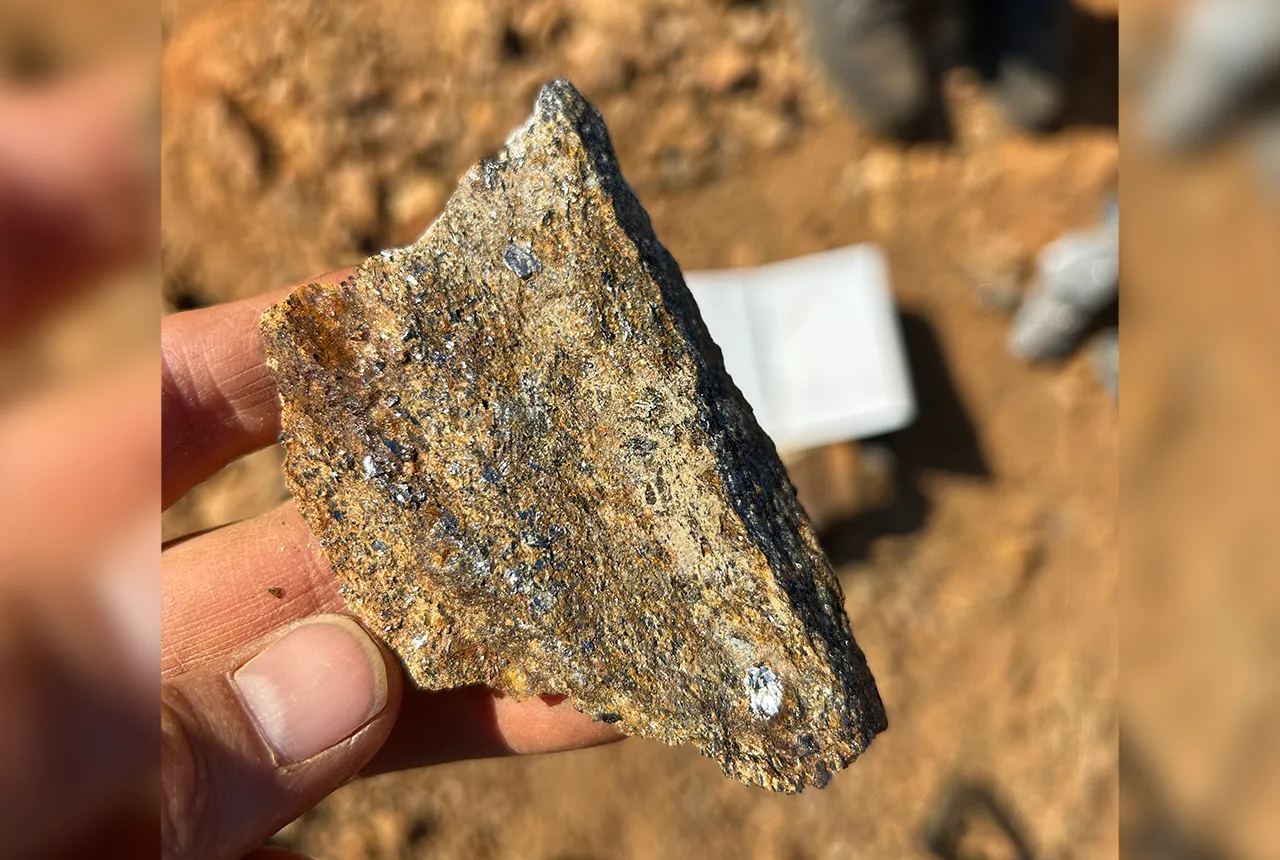
Zambia’s first critical minerals guide supports the country’s potential in global clean energy transition
18/07/2025
A new guide to Zambia’s critical minerals highlights the country’s current and potential critical mineral resources, including cobalt and lithium.

Funding awarded to UK/Canadian critical mineral research projects
08/07/2025
BGS is part of a groundbreaking science partnership aiming to improve critical minerals mining and supply chains.
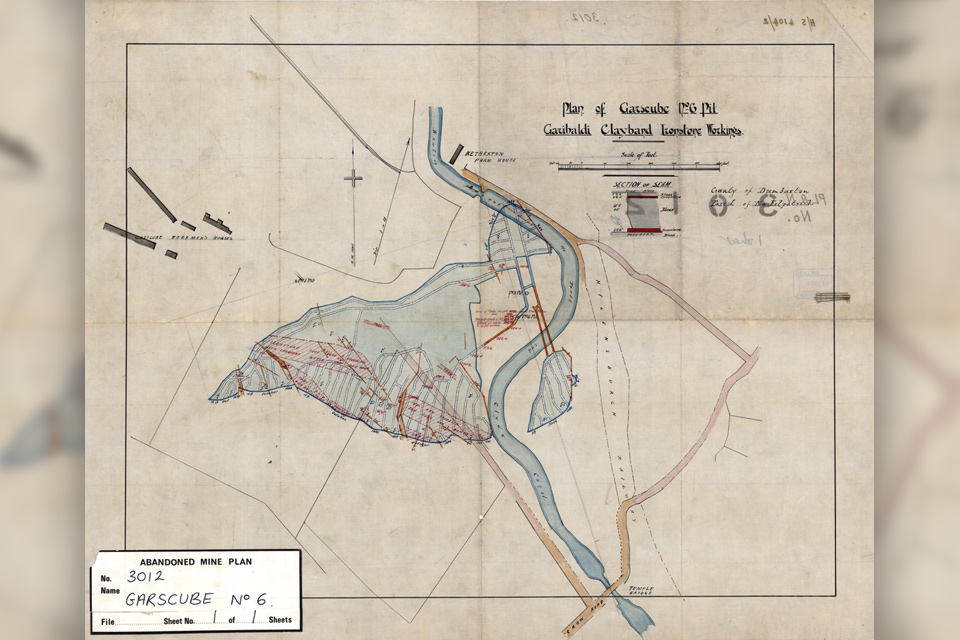
Release of over 500 Scottish abandoned-mine plans
24/06/2025
The historical plans cover non-coal mines that were abandoned pre-1980 and are available through BGS’s plans viewer.
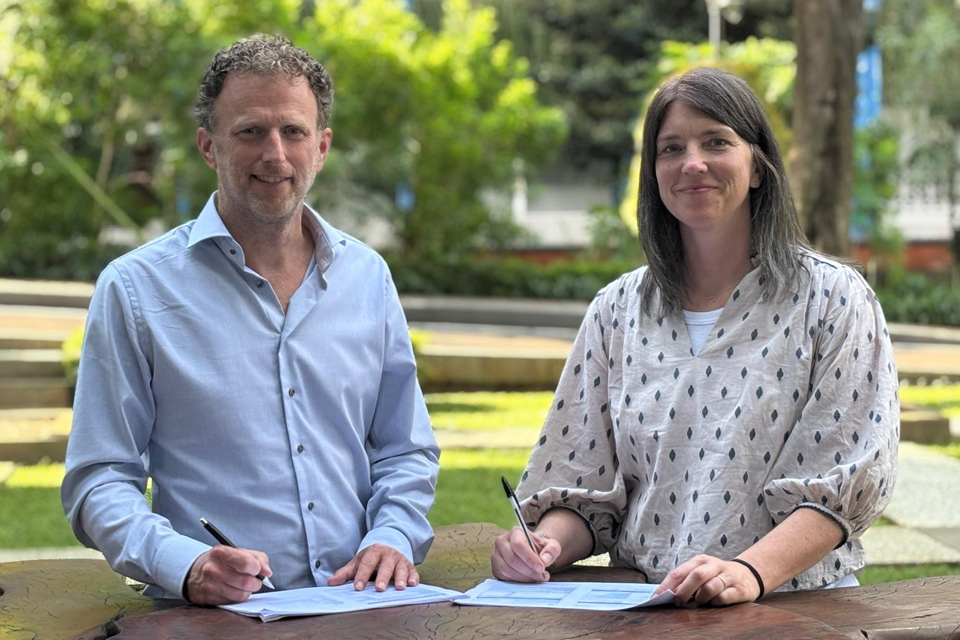
New collaboration aims to improve availability of real-time hazard impact data
19/06/2025
BGS has signed a memorandum of understanding with FloodTags to collaborate on the use of large language models to improve real-time monitoring of geological hazards and their impacts.
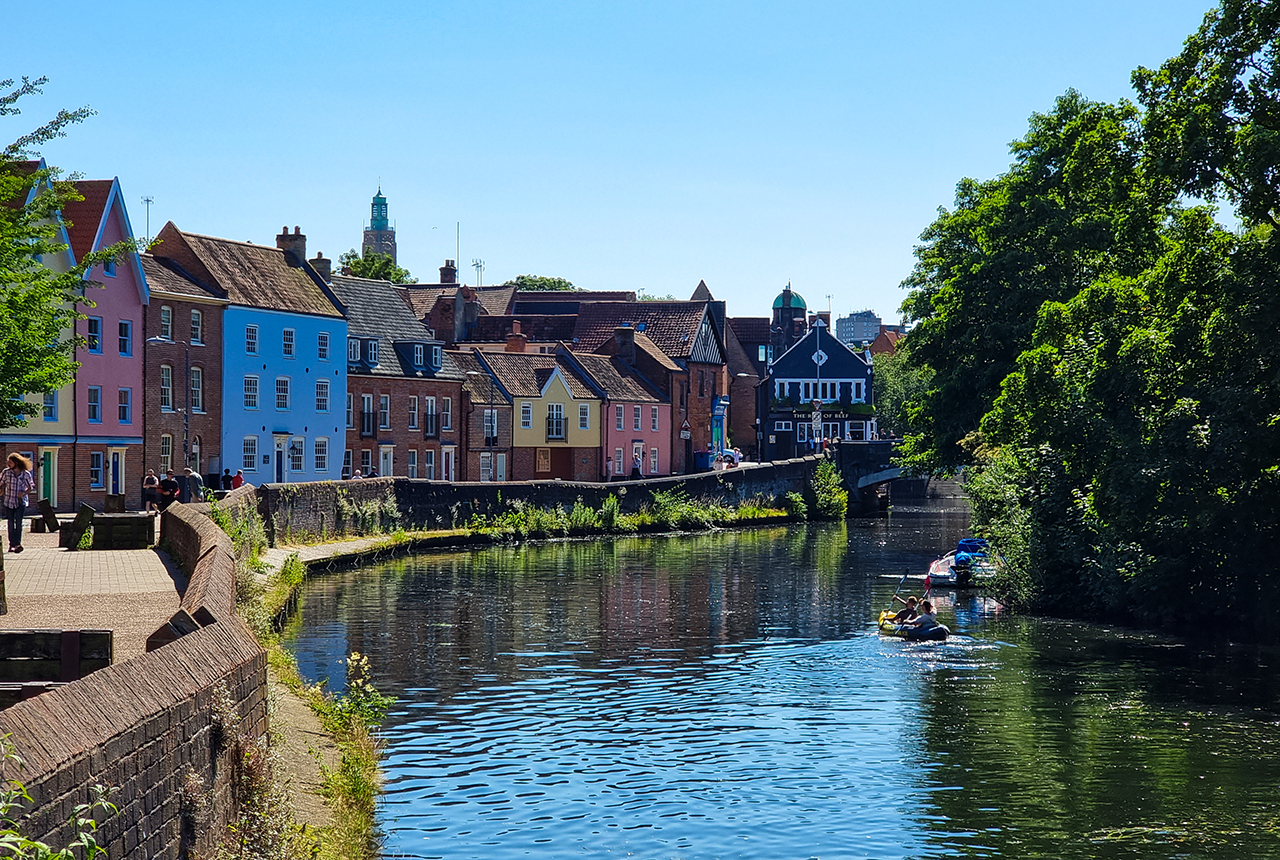
Modern pesticides found in UK rivers could pose risk to aquatic life
17/06/2025
New research shows that modern pesticides used in agriculture and veterinary medicines have been found for the first time in English rivers.
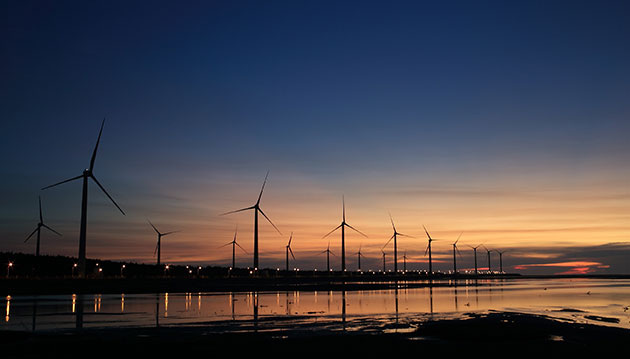
Goldilocks zones: ‘geological super regions’ set to drive annual £40 billion investment in jobs and economic growth
10/06/2025
Eight UK regions identified as ‘just right’ in terms of geological conditions to drive the country’s net zero energy ambitions.

Upgraded web portal improves access to geomagnetism data
02/06/2025
BGS’s geomagnetism portal, which holds data for over 570 observatories across the world, has received a significant update.

BGS digital geology maps: we want your feedback
29/05/2025
BGS is asking for user feedback on its digital geological map datasets to improve data content and delivery.

What is the impact of drought on temperate soils?
22/05/2025
A new BGS review pulls together key information on the impact of drought on temperate soils and the further research needed to fully understand it.

UK Minerals Yearbook 2024 released
21/05/2025
The annual publication provides essential information about the production, consumption and trade of UK minerals up to 2024.
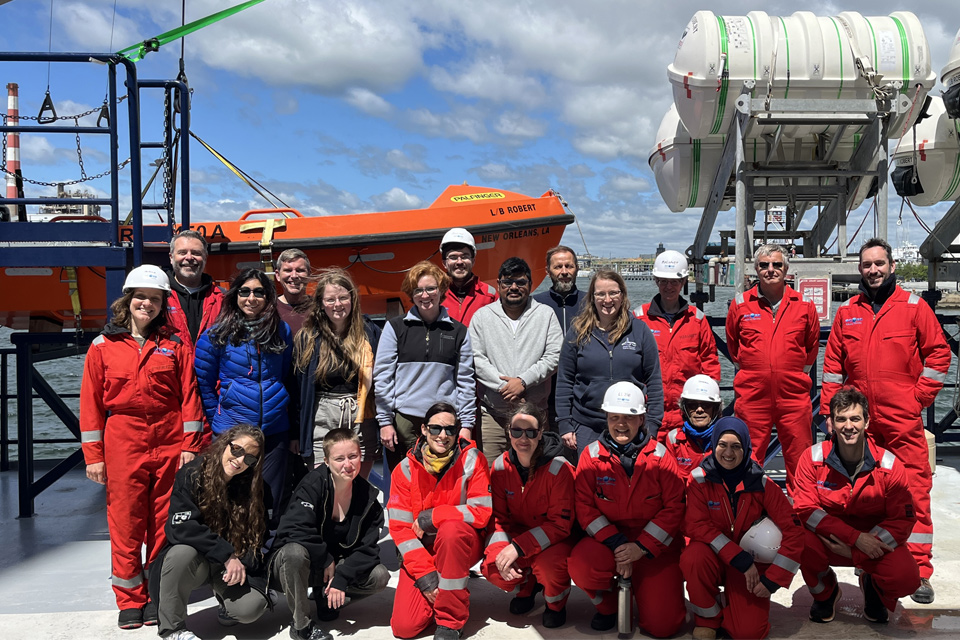
BGS scientists join international expedition off the coast of New England
20/05/2025
Latest IODP research project investigates freshened water under the ocean floor.
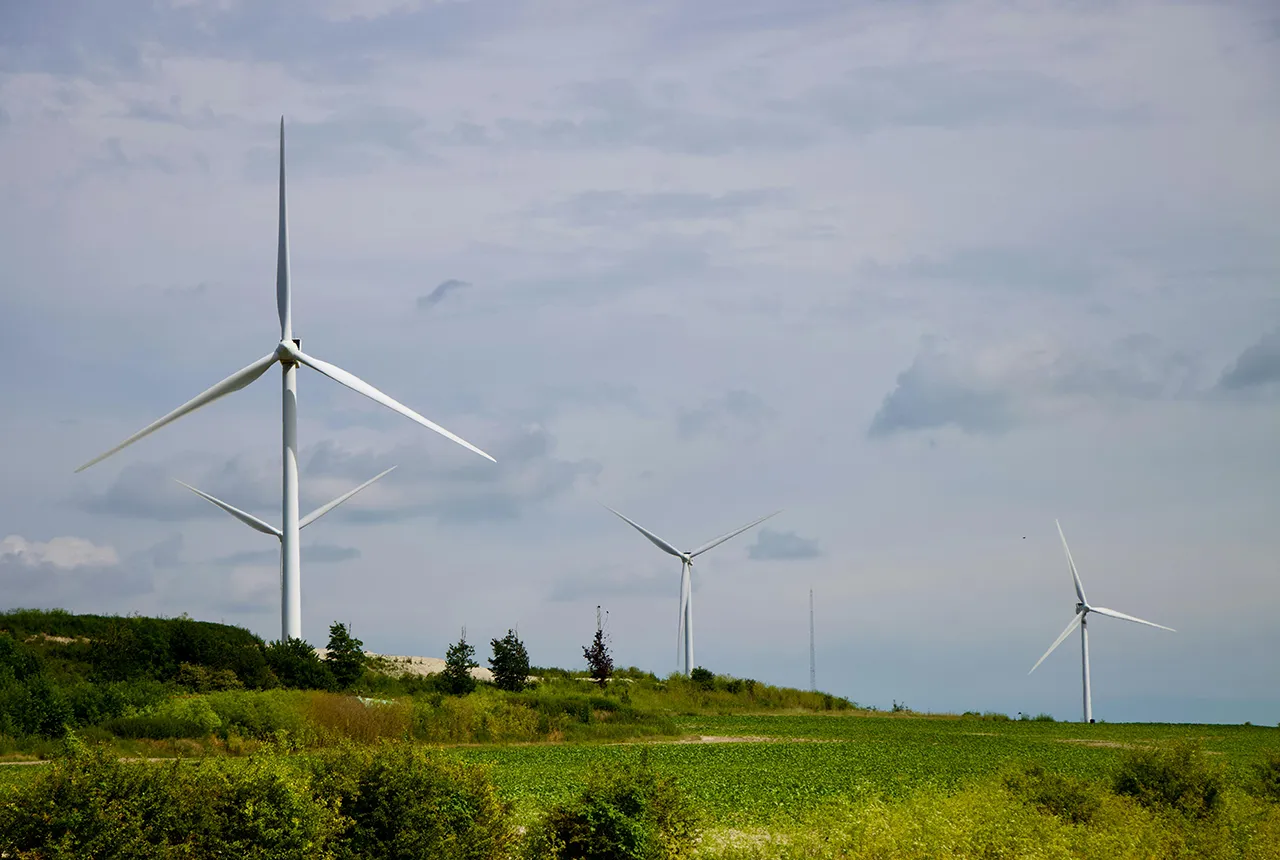
New interactive map viewer reveals growing capacity and rare earth element content of UK wind farms
16/05/2025
BGS’s new tool highlights the development of wind energy installations over time, along with their magnet and rare earth content.






